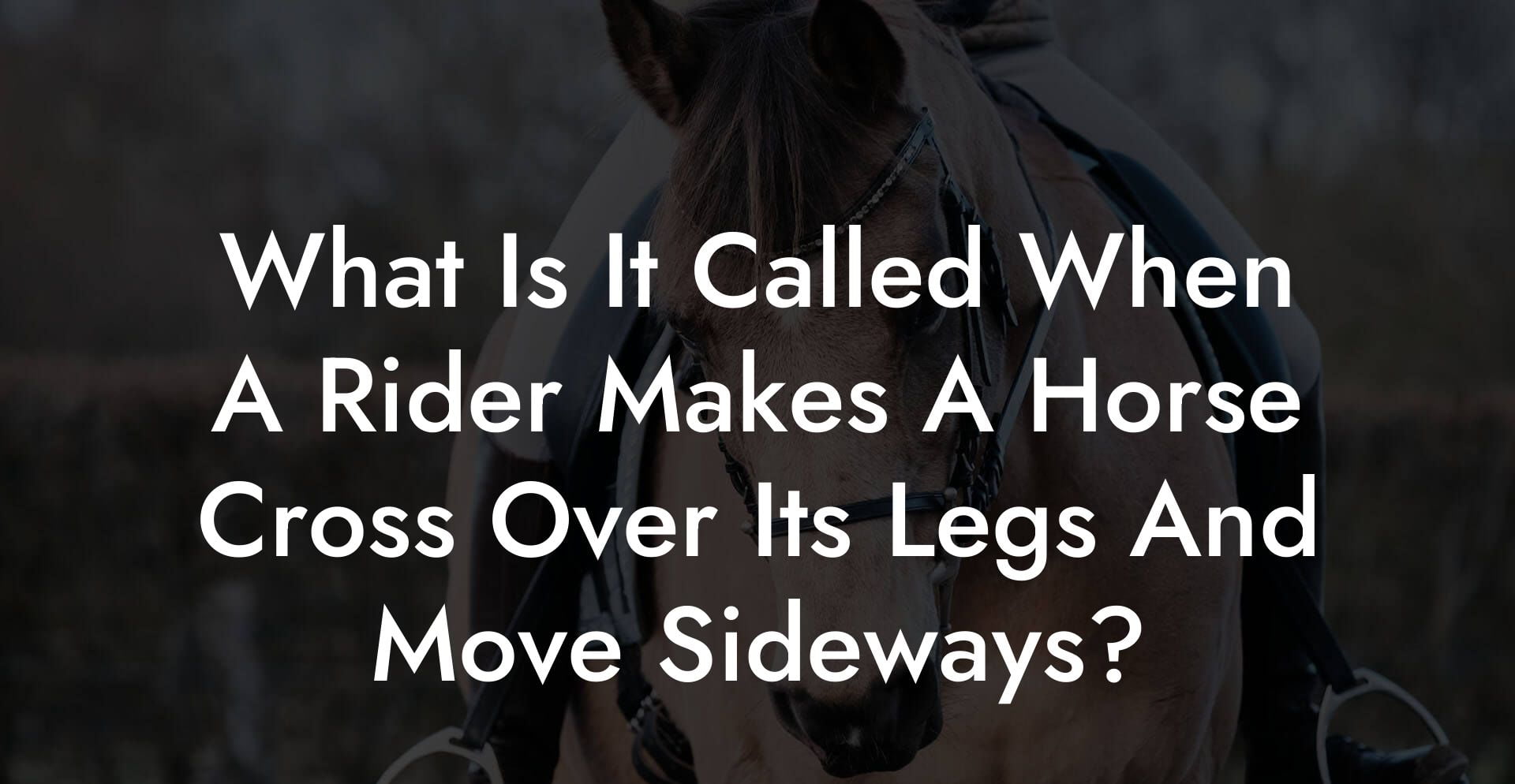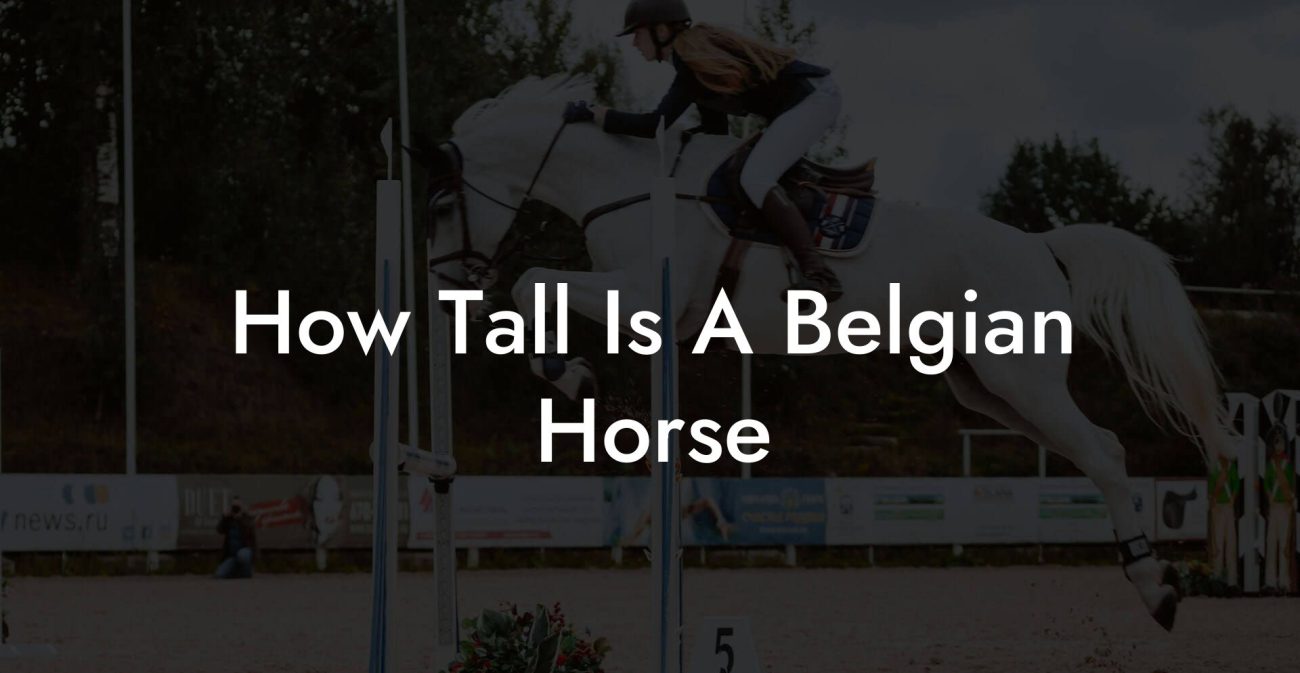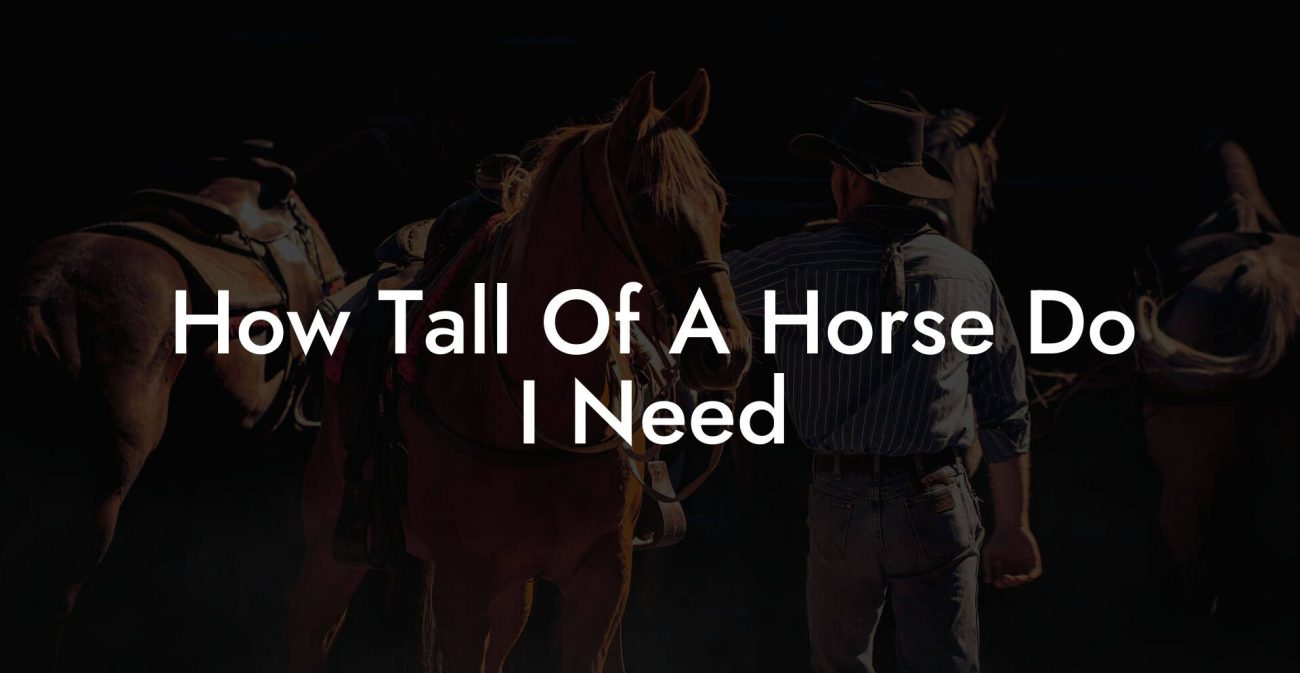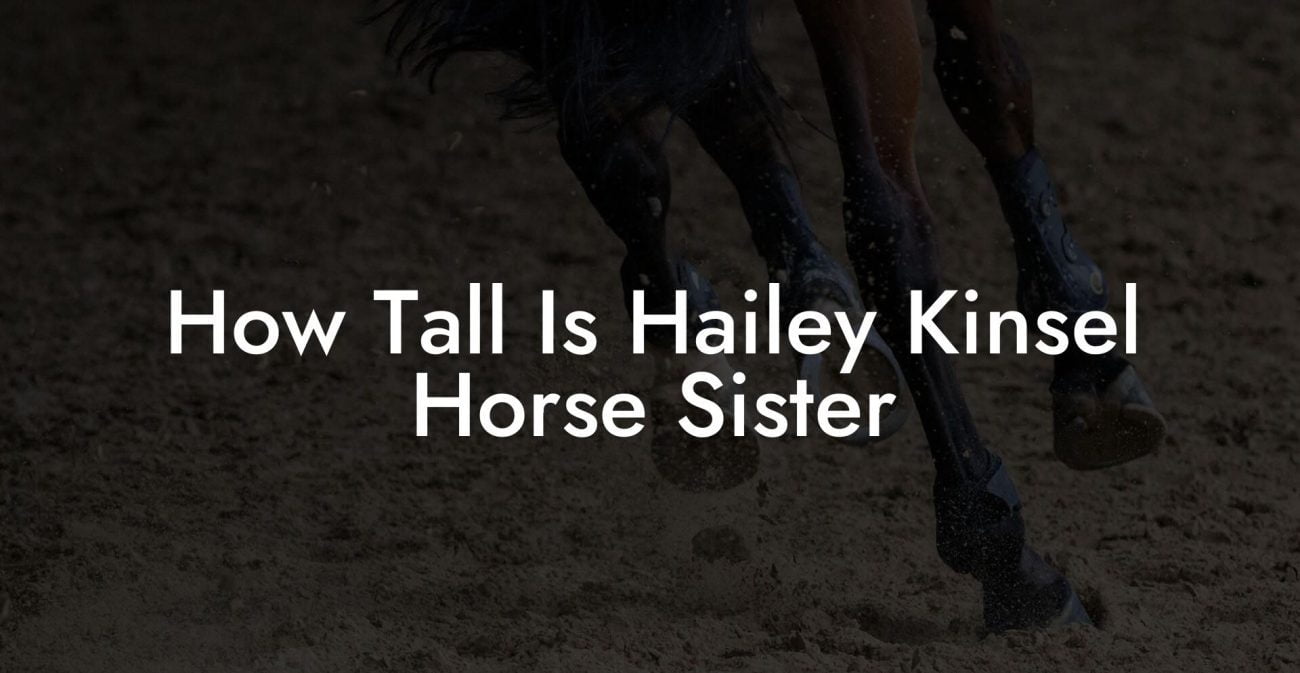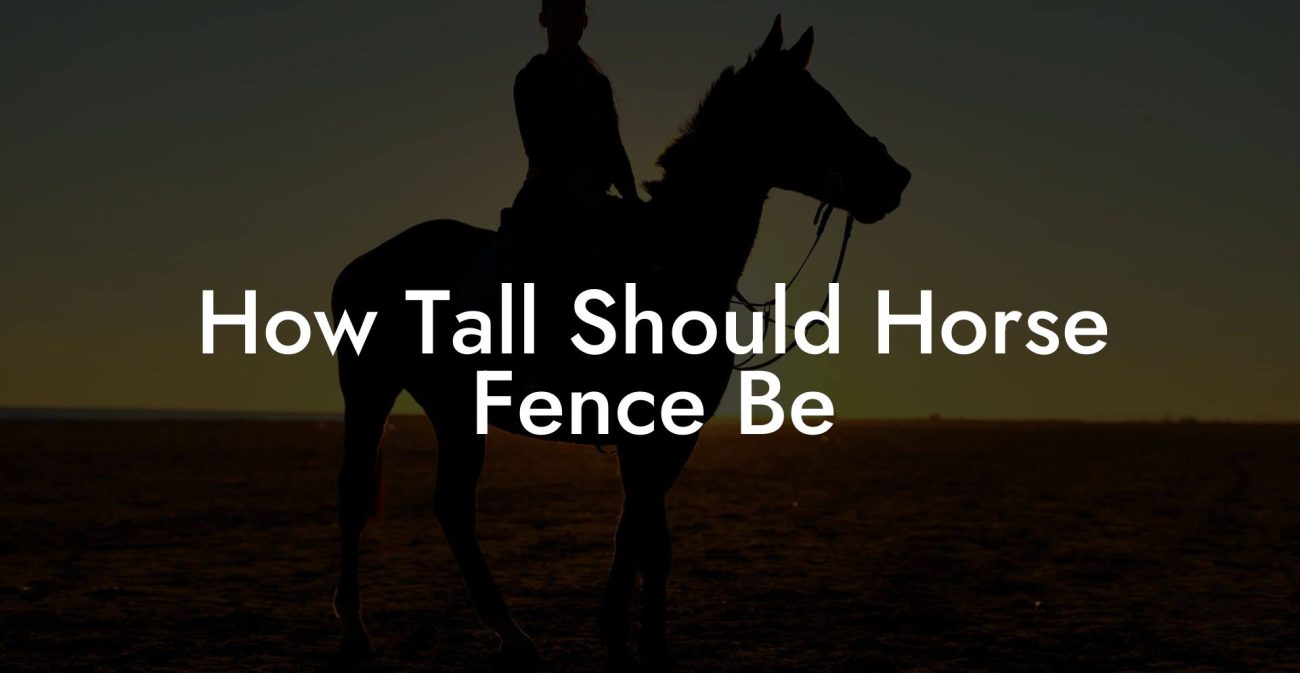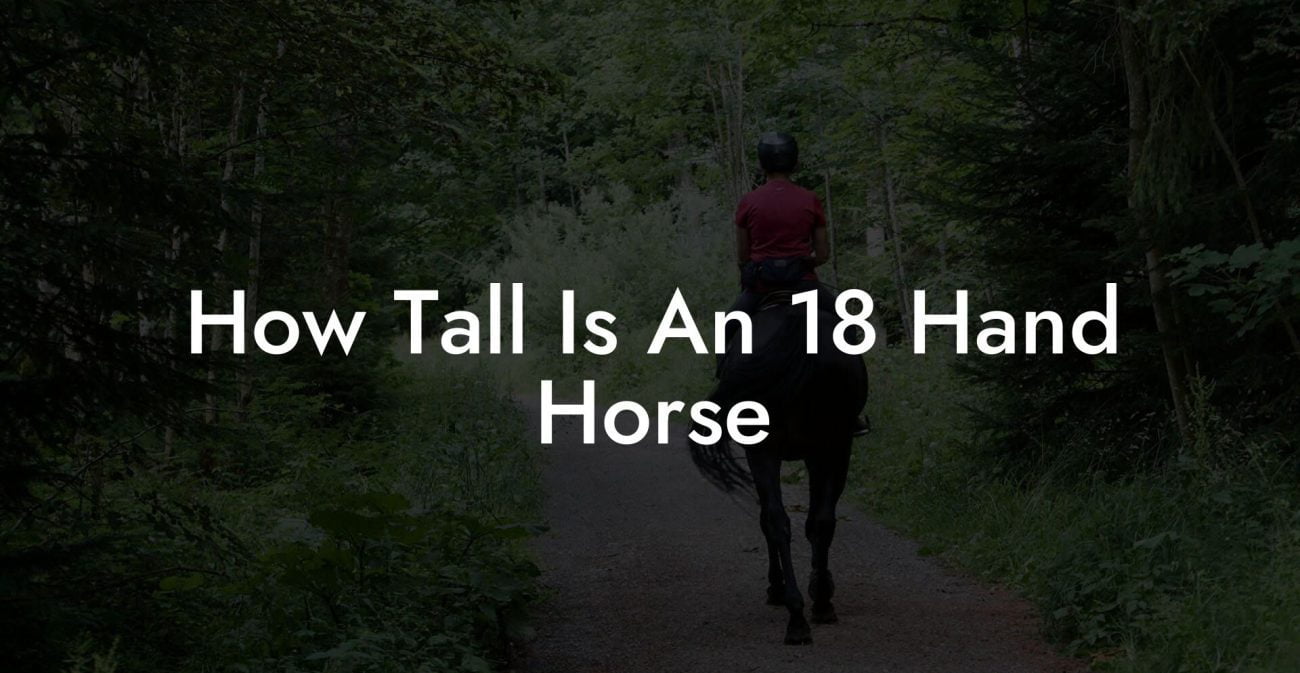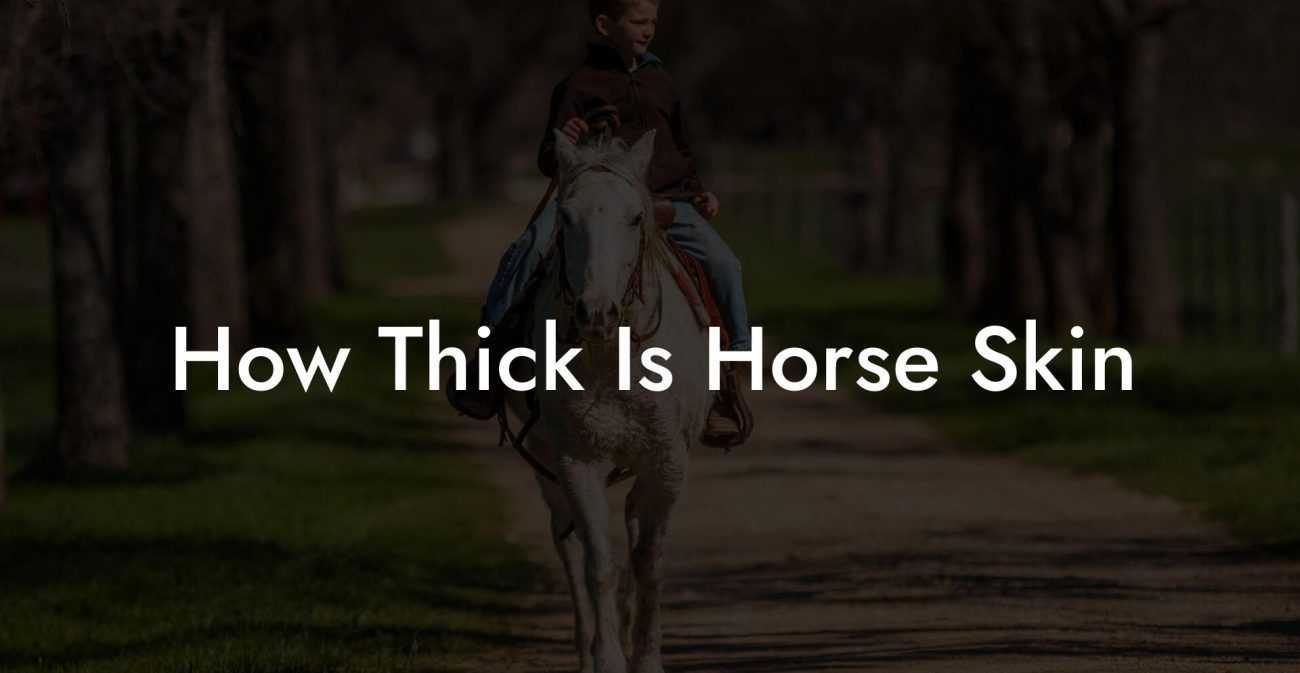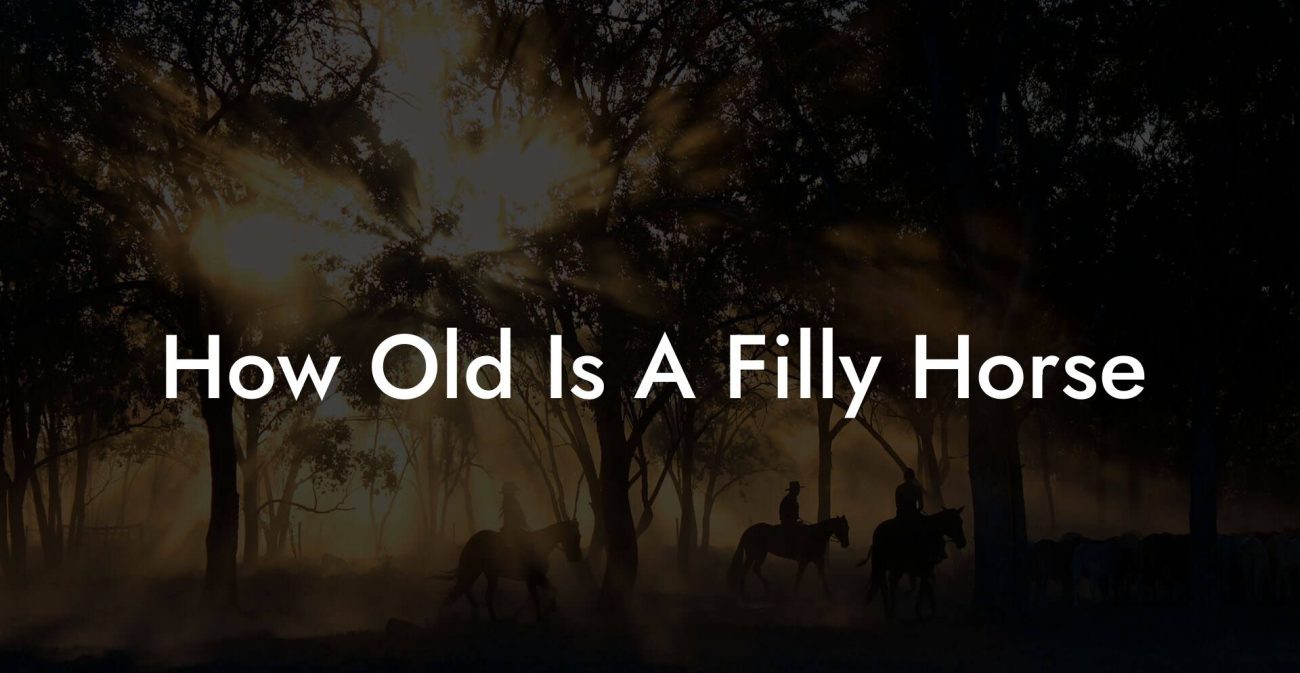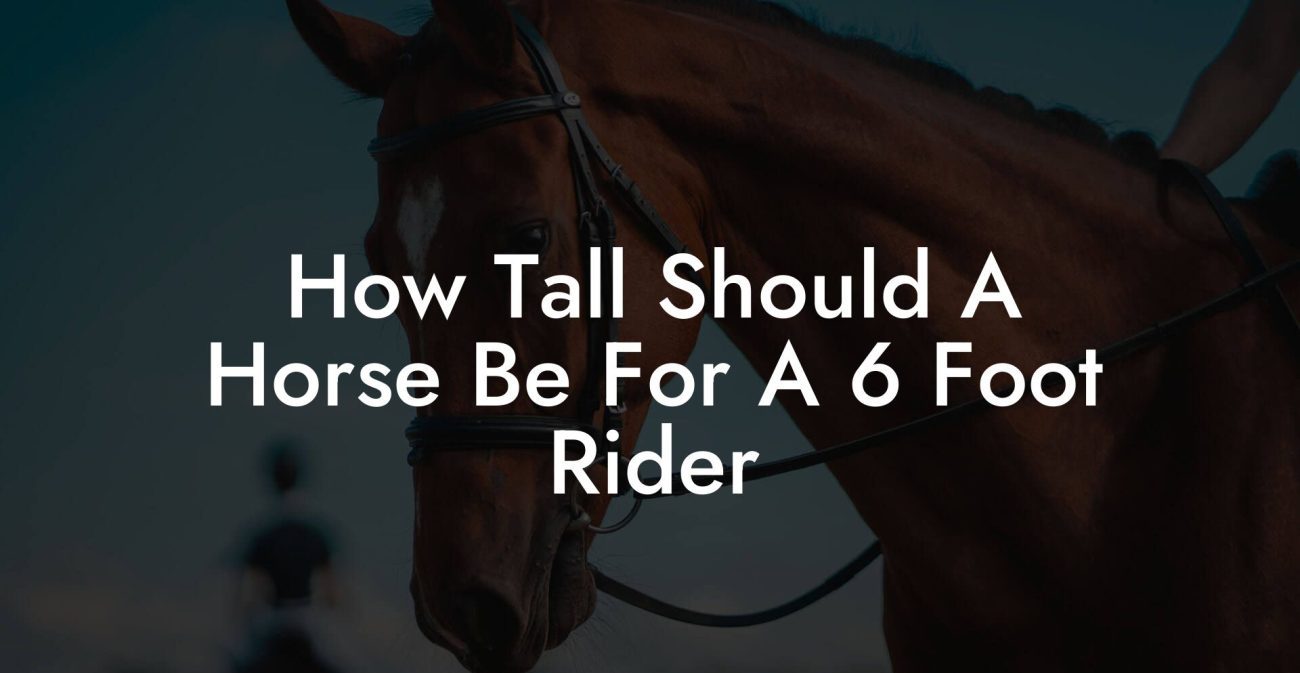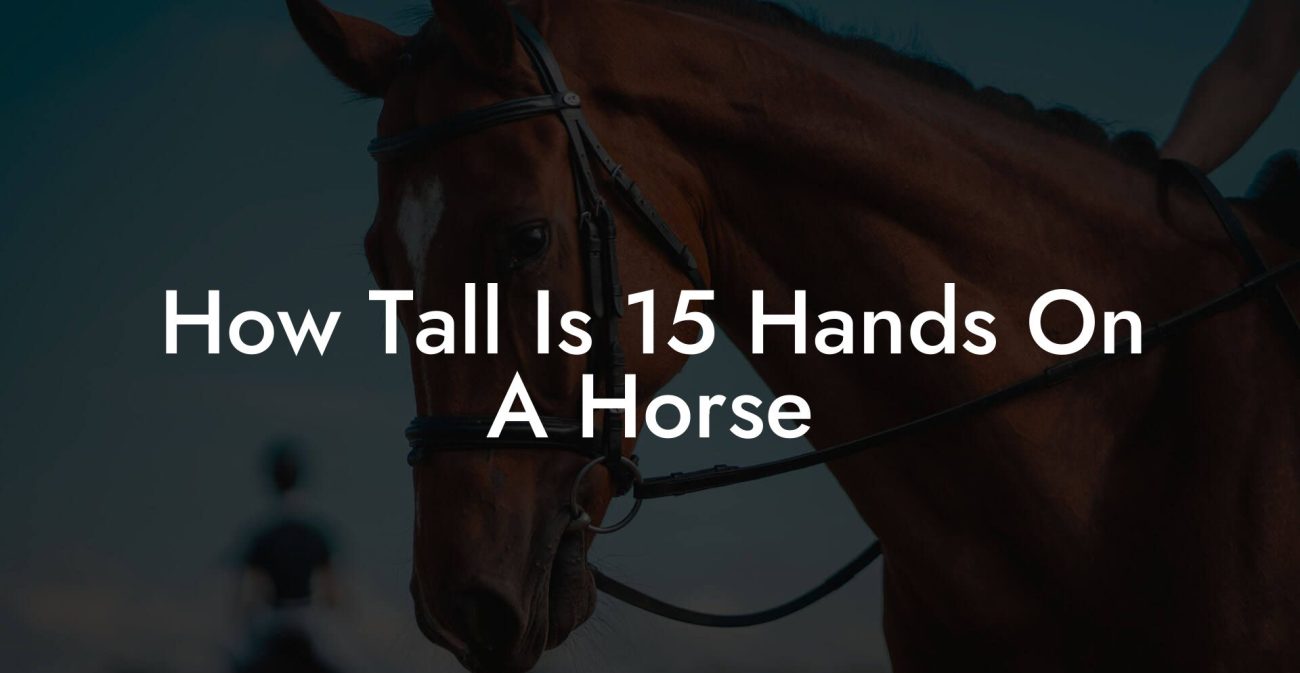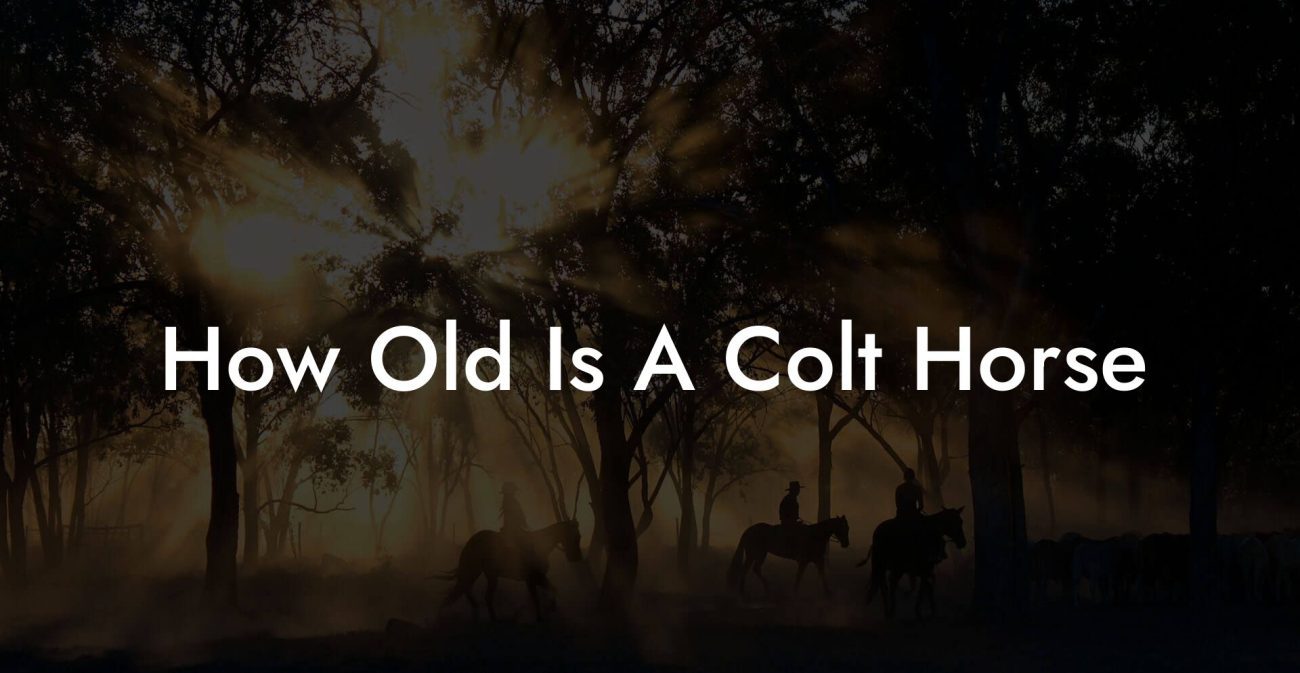Do you ever wonder about the variety of movements and techniques that skilled riders use to control and direct their horses? Directing a horse is not just about galloping forward or riding off into the sunset. Skilled riders must know how to navigate complicated riding scenarios that require advanced maneuvering abilities. One such impressive technique is when a rider makes a horse cross their legs and move sideways, showcasing the rider’s skill and the horse's agility. In this article, we will delve into the intricacies of this fascinating and mesmerizing equestrian technique.
What Is It Called When A Rider Makes A Horse Cross Over Its Legs And Move Sideways Table of Contents
What is this sideways movement called?
The sideways movement with the horse crossing its legs is commonly known as a "lateral movement" or a "sideways gait." Among the various types of lateral movements, the most well-known are the leg yield, half-pass, and side pass. Riders execute these movements for different purposes, all of which involve precise control and communication between rider and horse.
Leg Yield
A leg yield is often considered the most basic lateral movement. It requires the horse to move forward and diagonally while maintaining a straight alignment with their head, neck, and body. In this movement, the horse's legs cross over in a rhythmic pattern as they move to the side. The leg yield is an essential foundational movement that helps develop balance and suppleness in the horse.
Half-Pass
The half-pass is a more advanced movement that requires increased collection and engagement of the horse’s hindquarters. In this movement, the horse's body is slightly bent in the direction of the movement, their inside legs pass in front of their outside legs, and they remain parallel to the long side of the riding arena. The half-pass is a visually appealing movement showcased in dressage competitions and requires the rider to have excellent control and coordination with their horse.
Side Pass
The side pass, also known as the full pass or a full sideways movement, sees the horse move directly sideways without any forward momentum. Unlike the leg yield and half-pass, the horse must maintain a straight alignment with their head, neck, and body facing the direction they are moving. The side pass is used primarily in Western riding disciplines and can be challenging for both horse and rider to execute.
How does a rider cue the horse for these movements?
For all lateral movements, success relies on the rider's ability to apply correct and precise aids (signals or cues). The rider communicates their intentions through their seat, legs, and hands. Here's a breakdown of each aid used for the leg yield, half-pass, and side pass:
- Seat: The rider's seat acts as a pivotal point, providing balance and control throughout the movement. They maintain an even weight distribution throughout the saddle while guiding the horse laterally with subtle shifts in their pelvis.
- Legs: The rider uses their legs to apply pressure to the horse's sides, gently guiding the horse into the desired motion. In most cases, the rider's inside leg encourages the horse to step forward, while their outside leg helps control the sideways movement.
- Hands: With gentle rein pressure, the rider guides the horse's head and neck in the direction of the lateral movement while maintaining a consistent connection through the reins.
What Is It Called When A Rider Makes A Horse Cross Over Its Legs And Move Sideways? Example:
Imagine a dressage rider executing a half-pass during a competition. The rider prepares their horse with a collected canter, focusing their gaze in the direction they want to go. They subtly shift their weight in the saddle, pressing with their inside leg to initiate the forward movement and applying pressure with their outside leg to encourage the horse to move sideways. As the horse begins to glide effortlessly across the arena, their legs crossing over in a graceful dance, the rider maintains a supple contact with the reins, using them to steer and support the horse through the intricate movement. The result is a breathtaking, harmonious display of athleticism and communication between horse and rider.
We hope you found this article on lateral movements enlightening and enjoyable to read. Understanding and appreciating the elegant, athletic prowess displayed by horses and riders in these movements can enhance your equestrian experience and deepen your knowledge of the art of horse riding. If you liked this article, don't hesitate to share it with your fellow horse enthusiasts and explore more informative and engaging guides on "How to Own a Horse." Your journey towards mastering the fascinating world of equestrianism has only just begun.

